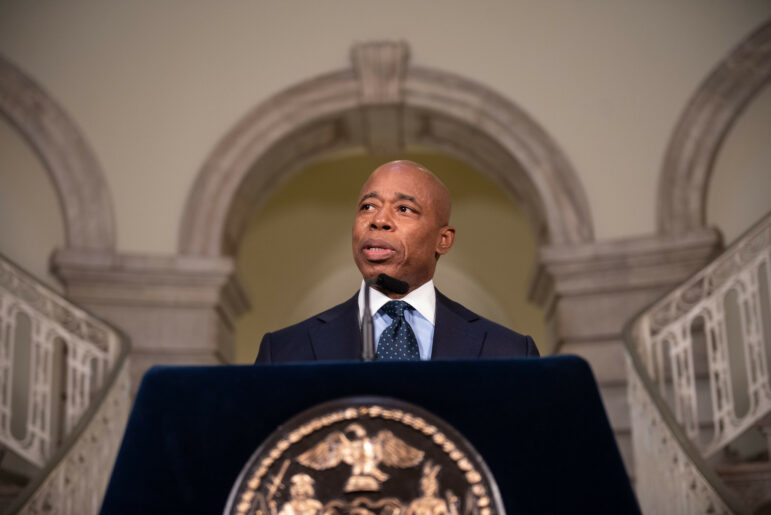When federal workers start knocking on doors in coming weeks to locate city residents who haven’t returned their Census forms, some 30,000 people won’t be there to answer.
They are incarcerated in one of New York’s 69 state correctional facilities. When Census results are used to redraw legislative districts, inmates—in New York and other states—will count as residents of the upstate counties where they are involuntarily held.
Prisoner advocates and officials for urban areas around the country have tried for years to change the way the Census counts prisoners, arguing that it siphons political power from the city to rural areas by skewing the way legislative districts are redrawn after each Census. The Census Bureau has refused to alter its policy. But states, who each control their redistricting, can still act.
This week Maryland became the first state to mandate that when legislative districts are next redrawn, state inmates will be counted as residing in their home towns.
In New York State, a similar proposal has been under consideration since at least 2007. This year the legislature is weighing a Senate measure sponsored by Sen. Eric Schneiderman, a Manhattan Democrat, and an Assembly version authored by Assemblyman Hakeem Jeffries, a Brooklyn Democrat.
The Senate and Assembly bills, which are broadly similar, charge the state Department of Correctional Services with providing the state’s redistricting task force with demographic information on the people under custody so the Census figures can be corrected.
If enacted, the legislation would give urban areas greater power in determining who is elected to the Assembly, State Senate and Congress
Half the state’s 60,000-inmate prison population hails from New York City. Seven state correctional facilities lie within the five boroughs, but those hold a fraction—3 percent—of the entire prison system’s population, most of which lives in rural upstate counties.
While those counties drain only 30,000 New York City residents — a sliver of its 8 million people—that shift is significant compared to upstate populations. Ninety-seven percent of New York’s cities and towns, including Ithaca and Poughkeepsie, have populations less than 30,000.
Other urban areas in the Empire State, like Albany and Rochester, also lose population under the current prisoner counting method. However, as Jeffries’ bill points out, it’s within rural counties that host prisons that the vote-skewing has the most significant effect—because rural counties have low populations.
“St. Lawrence County, in northern New York, drew legislative districts with Census 2000 data that included more than 3,000 people in three correctional facilities as if they were actual residents of two small towns, Ogdensburg and Gouverneur,” the bill’s legislative findings read. “The increased voting power of Ogdensburg and Gouverneur residents diluted the votes [of] the many St. Lawrence County residents who do not live near those prisons.”
That’s why several New York counties already disregard inmates when determining districts for local offices.
New York’s end of legislative business, in June, is considered the deadline for changing the prisoner counting method because a redistricting effort could begin as soon as 2011.
“We’re a few votes away,” Schneiderman spokesman James Freedland told City Limits on Friday. “We’re hoping to get there by the end of session.”
The push to alter how Census data will be used to redraw New York’s political map comes as the city pushes to improve Census response rates.
According to the latest daily report from the Census Bureau, response rates in Brooklyn (52 percent) and Queens (55 percent) are down slightly from their levels in the 2000 Census, while Staten Island’s 59 percent rate is well below its 64 percent response 10 years ago.
Some areas, like Canarsie (39 percent) and Borough Park (40 percent) in Brooklyn are well below the national average rate of 68 percent.








